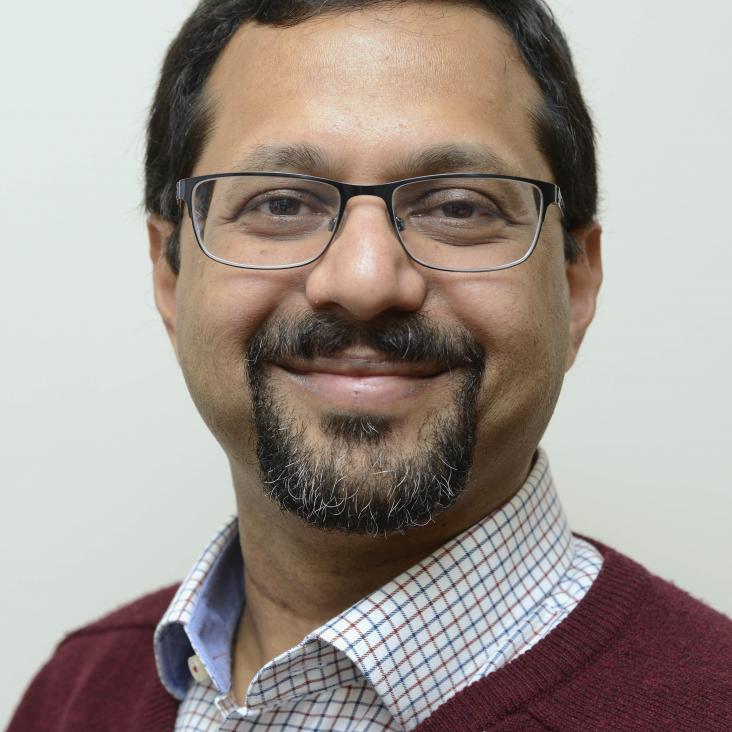LUCIFER-MOS: A cryogenic multi object infrared spectrograph for the let
P SOC PHOTO-OPT INS 4008 (2000) 1094-1102
Abstract:
LUCIFER-MOS is a liquid nitrogen cooled near infrared multi object spectrograph imaging 20 freely selectable sub-fields of about 2.2" x 1.8" and 6 x 4 image elements each on the entrance slit of the LUCIFER spectrograph. The image elements are re-arranged by 480 fused silica fibers of 50 mu m core diameter and 100 mu m total diameter with integrated, hexagonal lenslets of 0.6 mm width corresponding to a 0.3" field. The pre-optics magnifies the telescope image by a factor 3.3, thus adapting the telescope plate scale to the lenslet scale, and additionally providing a cold stop. The post-optics converts the f/3 fiber output beam to the f/15 beam accepted by the spectrograph. Each of the 20 6 x 4 fiber arrays together with its pre-optics is mounted in a spider arm which can be freely positioned within the 200 mm diameter field of view by a cryogenic robot. The robot performs three rotational movements to position the spider arms and is driven by cold stepper motors. The spider arms are locked in their positions by two permanent magnets each. Their magnetic field can be compensated by coils to unlock the arms and move them across the field of view.Near-IR integral field spectroscopy with adaptive optics
ASTR SOC P 195 (2000) 206-215
Abstract:
Integral field spectroscopy, in conjunction with adaptive optics systems, has the unique potential of providing spectra at spatial resolutions close to the diffraction limit of the telescope. We present first results from integral field spectroscopy in conjunction with an adaptive optics system, achieving diffraction limited images and spectra at the Calar Alto 3.5 meter telescope. SINFONI, an adaptive optics assisted integral field spectrometer currently being built for the VLT, is one of the few adaptive optics optimized integral field instruments. We present a brief summary of its features, together with a brief description of the image slicer employed in SINFONI.Near-infrared properties of four young star clusters in NGC 4038/39
ASTR SOC P 211 (2000) 96-100
Abstract:
integral field spectroscopy in the K-band (1.9-2.4 mu m) was performed on four IR-bright star clusters in NGC4038/39 ("The Antennae"). Two of them (hereafter F1 and F2) are located in the overlap region of the two galaxies, and together comprise approximate to 25% of the total 15 mu m and approximate to 10% of the total non-thermal 4.8 GHz emission from this pair of merging galaxies. The other two clusters, each of them spatially resolved into two components, are located in the northern galaxy, one on the eastern (F3) and one on the western (F4) "loop" of blue clusters. Comparing our analysis of Br gamma, CO-bandheads, H alpha (from archival HST data), and V-K colours with stellar population synthesis models indicates that the clusters are extincted (A(v) approximate to 0.7 - 4.3 mags) and young, displaying a significant age spread (4 - 10x10(6) yrs). Using our derived age estimates and assuming the parameters of the IMF, we find that these clusters have masses that range from a few x10(5) to a few x10(6) M-circle dot.The SPIFFI image slicer: Revival of image slicing with plane mirrors
P SOC PHOTO-OPT INS 4008 (2000) 1344-1350
Abstract:
SPIFFI (SPectrometer for Infrared Faint Field Imaging) is the integral field spectrograph of the VLT-instrument SINFONI (SINgle Far Object Near-infrared Investigation). SINFONI is the combination of SPIFFI with the ESO adaptive optics system MACAO (Multiple Application Concept for Adaptive Optics) offering for the first time adaptive optics assisted near infrared integral field spectroscopy at an 8m-telescope. SPIFFI works in the wavelength ranger from 1.1 to 2.5 mu m with a spectral resolving power ranging from R = 2000 to 4500. Pixel scale ranges from 0.25 to 0.025 seconds of are. The SPIFFI field-of-view consists of 32 x 32 pixels which are rearranged with an image slicer to a form a long slit.Based on the 3D slicer concept with plane mirrors, an enhanced image slicer was developed. The SPIFFI image slicer consists of two sets of mirrors, called the small and the large slicer. The small slicer cuts a square field of view into 32 slitlets, each of which is 32 pixels long. The large slicer rearranges the 32 slitlets into a 1024 pixels long slit. The modifications to the 3D slicer concept affect the angles of the plane mirrors of small and large slicer and lead to an improved slit geometry with very little light losses. At a mirror width of 0.3mm the light loss is < 10%. All reflective surfaces are flat and can be manufactured with a high surface quality. This is especially important for the adaptive optics mode of SINFONI. We explain the concept of the SPIFFI mirror slicer and describe details of the manufacturing process.Integral field 3D spectroscopy: Techniques and prospects
ASTR SOC P 188 (1999) 303-313


